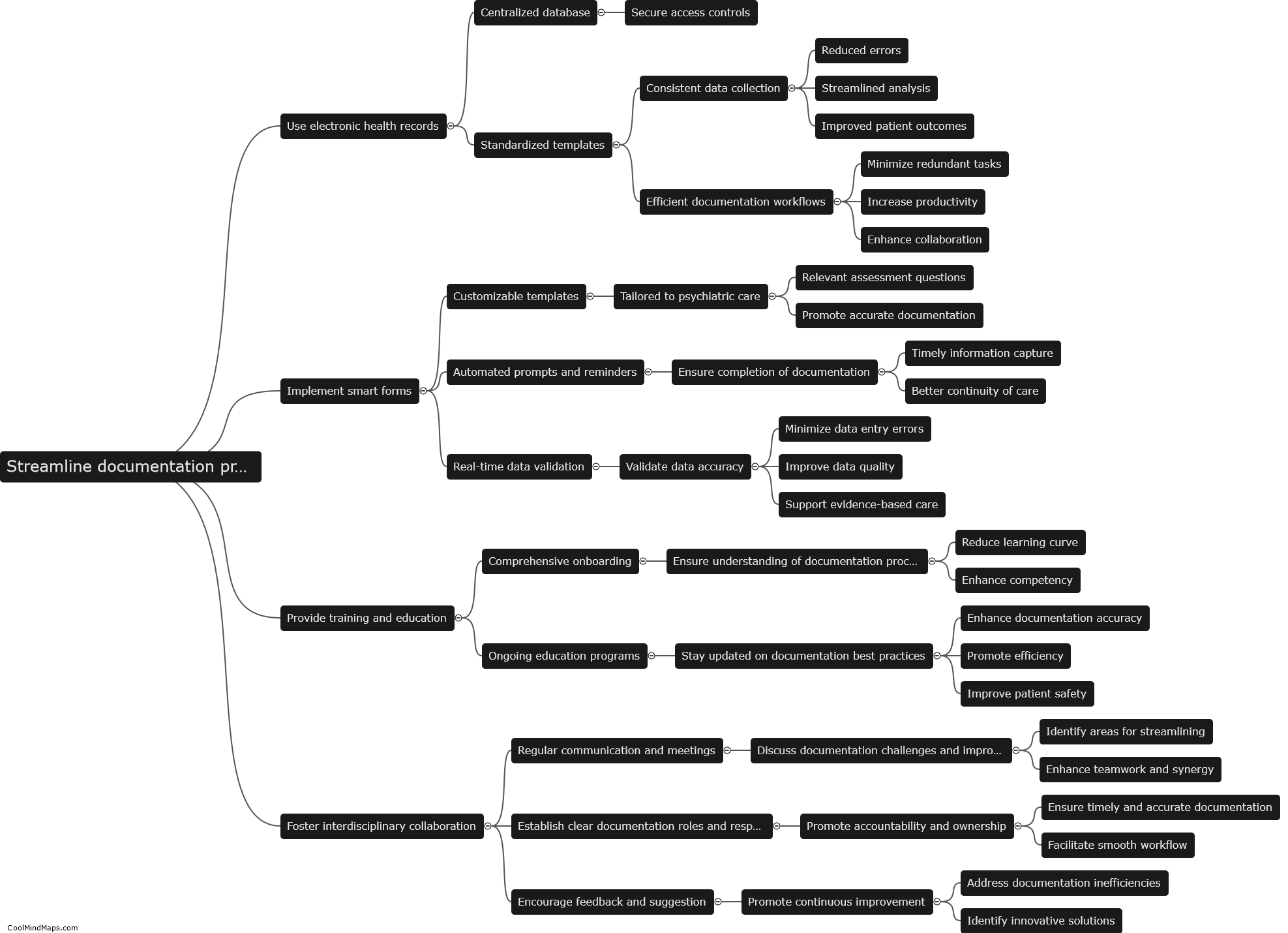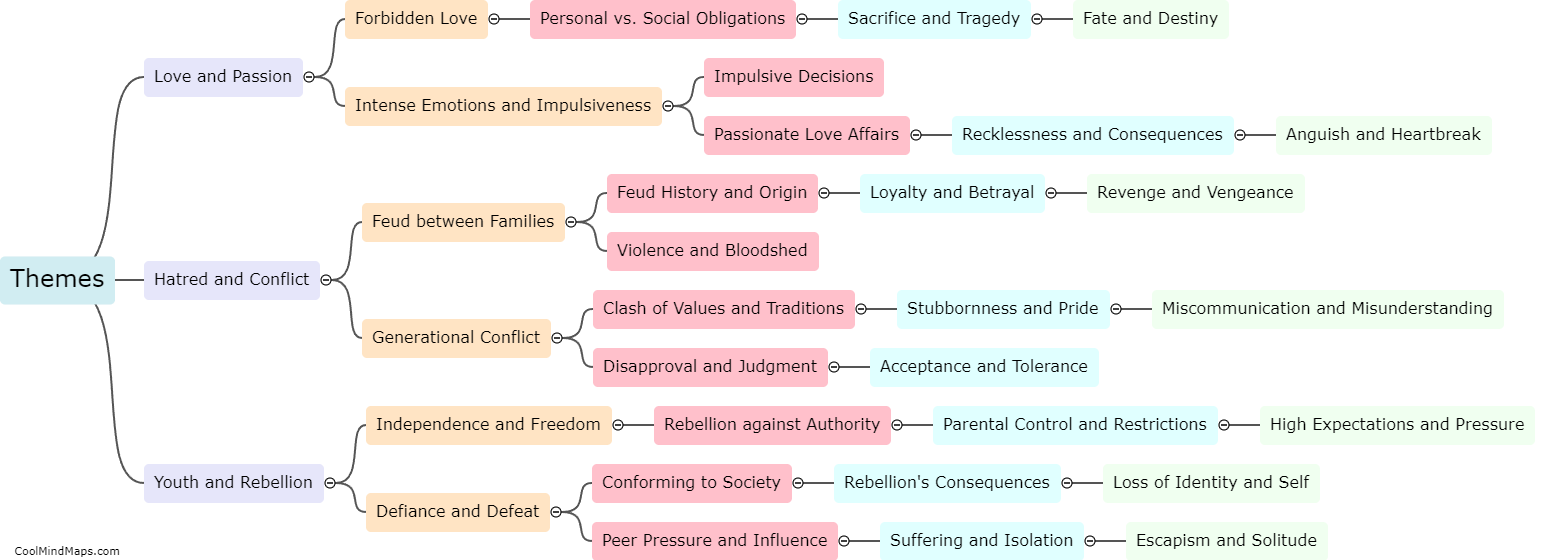How does problem-solving and decision-making occur in the brain?
Problem-solving and decision-making involve complex cognitive processes that occur in the brain. The brain utilizes various regions and networks to navigate through a problem or make a decision. These processes often involve the prefrontal cortex, which plays a crucial role in evaluating and analyzing information. The brain also uses memory systems to retrieve relevant knowledge and experiences that can aid in problem-solving. Additionally, the brain employs executive functions, such as attention and working memory, to focus on relevant information and manipulate it to arrive at a solution or make a decision. Neurotransmitters like dopamine can also influence the decision-making process by modulating reward and motivation, and emotional areas of the brain can impact the evaluation of potential solutions. Overall, problem-solving and decision-making are intricate processes that rely on the coordination of various brain regions and functions.

This mind map was published on 17 October 2023 and has been viewed 78 times.











